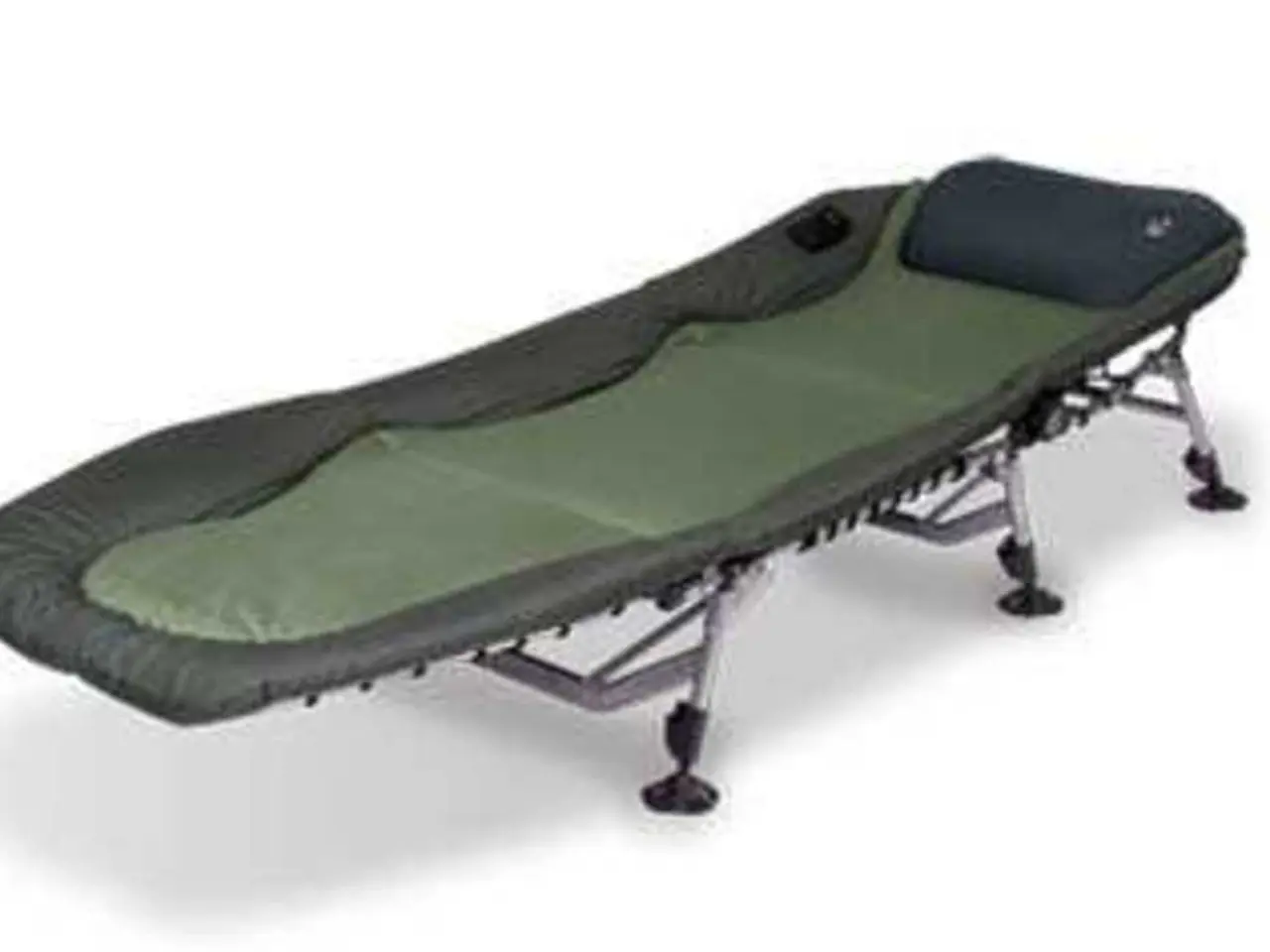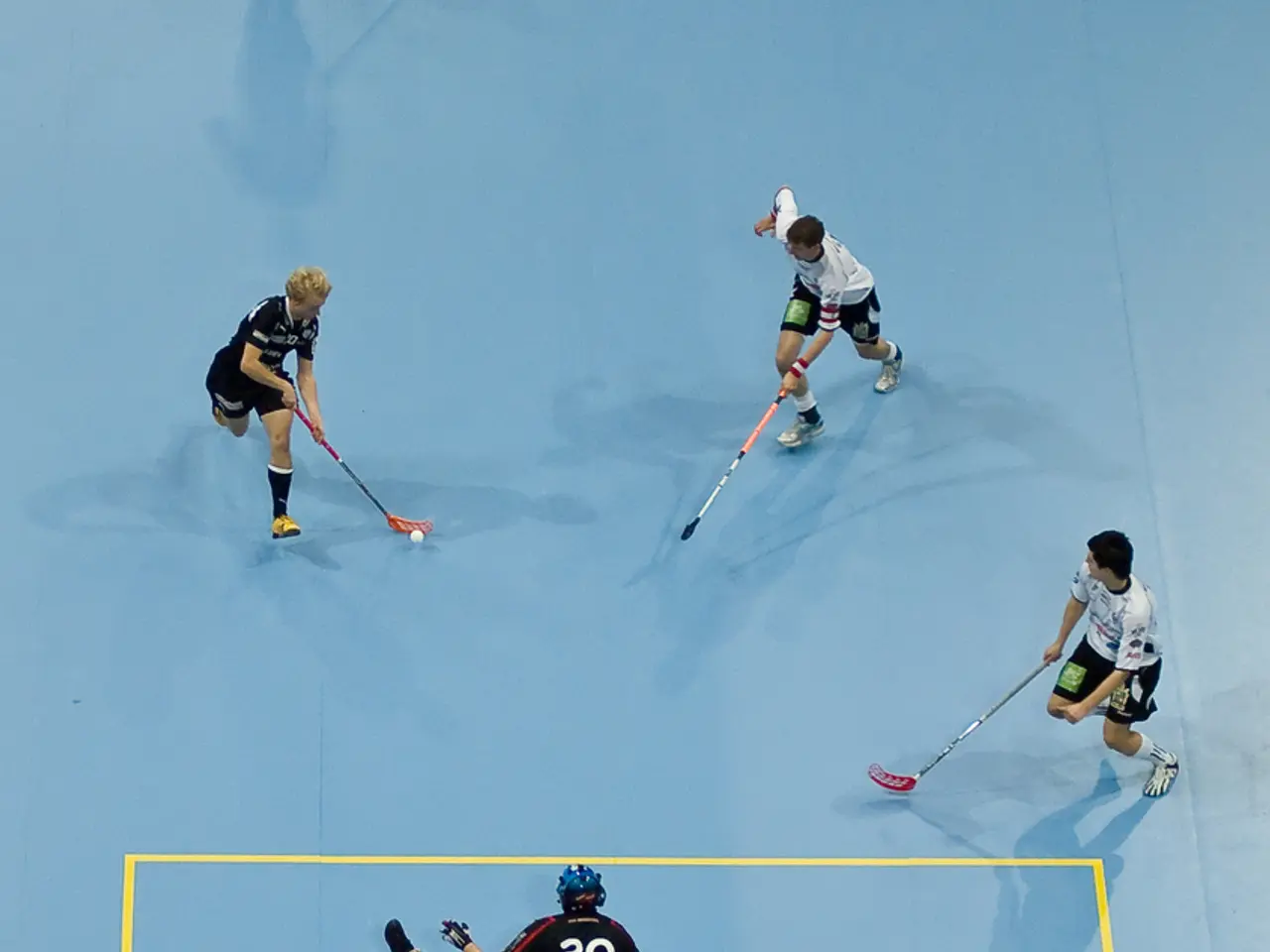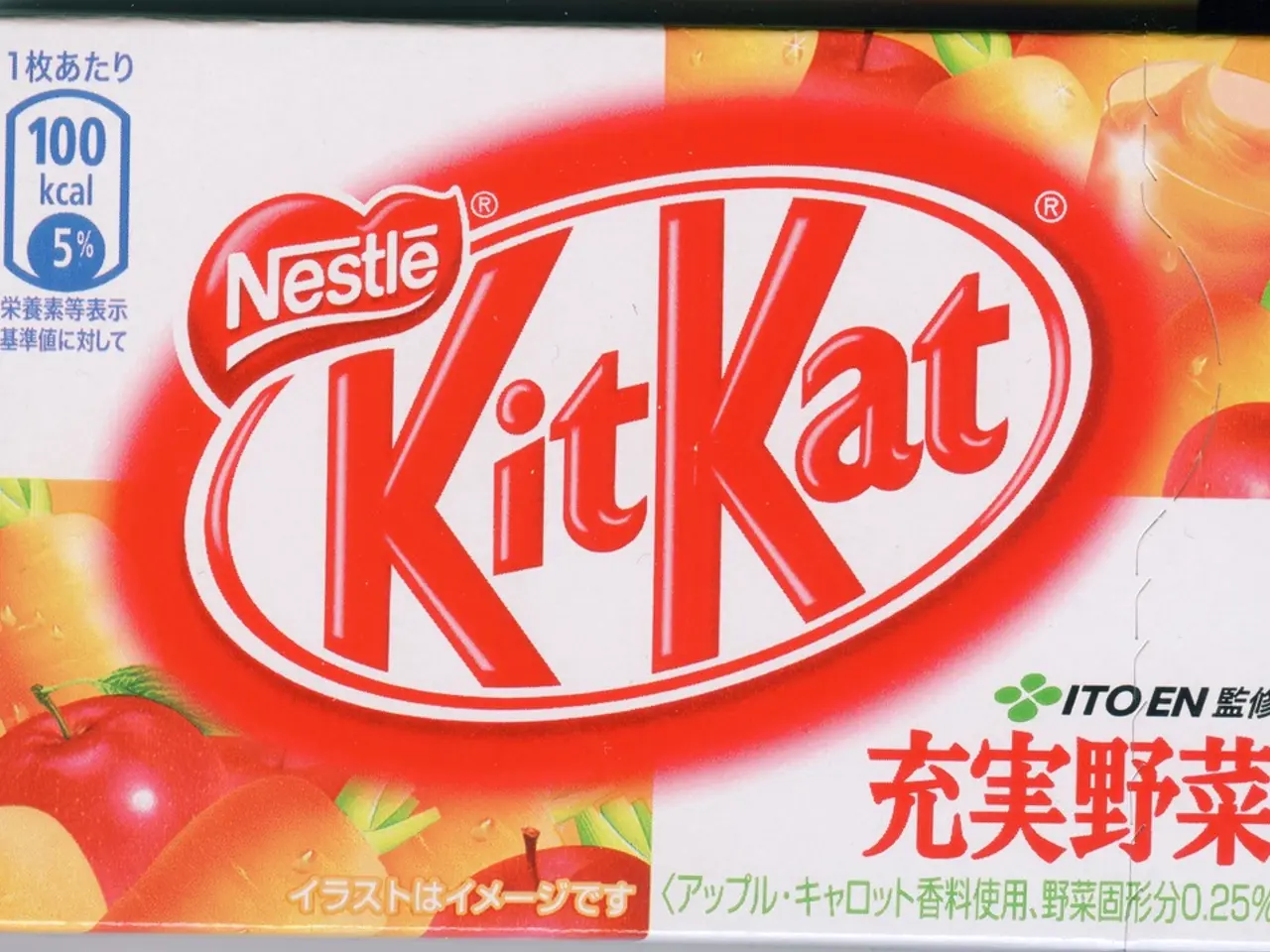Thumb Sprain: Information on Treatment, Healing, and Signs
A common injury that skiers and snowboarders may encounter is a sprain of the ulnar collateral ligament (UCL) in the thumb, often referred to as "Skier's Thumb." This injury occurs when the ligament on the inner side of the thumb joint is stretched or torn, typically due to a ski pole overextending the thumb during a fall.
Symptoms of Skier's Thumb include pain and tenderness on the ulnar aspect (inner side) of the thumb, swelling and bruising around the base of the thumb, instability of the thumb joint, limited range of motion, and weakness in the thumb. In some cases, patients may also experience a sudden "pop" at the time of injury.
The severity of a sprain is determined by various factors, such as whether the ligament is torn and how severe the tear is. Mild sprains, which involve a stretched or tiny tear of a ligament, are usually treated conservatively with immobilization using a thumb splint or cast for several weeks to allow healing. Moderate sprains may require longer immobilization and physical therapy focused on regaining strength and range of motion. Severe sprains involving a ligament tear or associated fractures often require surgical repair to restore thumb stability.
Recovery time for mild to moderate sprains typically ranges from 4 to 6 weeks of immobilization followed by rehabilitation. After surgery for severe tears, patients may require 8 weeks or more to regain full function, with a gradual return to activities once stability and strength improve.
Prevention is key when it comes to Skier's Thumb. Skiers can minimize the risk of a fall by remaining aware of their surroundings and practicing falling to train their reflexes. Grabbing a ski pole for support during a fall may increase the likelihood of injury.
Prompt care can ensure proper treatment and full recovery for most people, allowing them to return to their usual activities. Strengthening exercises may be recommended by a doctor or physical therapist to help the thumb heal. Doctors can perform an X-ray to confirm if there are broken bones or rule out conditions like arthritis.
In severe cases, doctors judge the severity of a sprain using a grading system: Grade 1 sprains involve a stretched or tiny tear of a ligament, Grade 2 sprains a partial tear, and Grade 3 sprains a complete tear. Some severe sprains may require surgery to repair the ligament and restore bone fragments.
It is important to note that most sprains heal with home remedies and do not require surgery. Ignoring a sprain can lead to long-term damage and chronic pain. Applying ice to the injury for 20 minutes at a time and repeating at regular intervals can help reduce swelling. Taking nonsteroidal anti-inflammatory drugs (NSAIDs), such as ibuprofen, can help manage pain during recovery.
Returning to normal activities slowly after recovery is crucial to avoid aggravating the injury. Changes in the shape of the thumb, a cracking sound following a fall, and numbness often indicate a broken thumb.
In conclusion, Skier's Thumb is a common and potentially serious injury that can occur during winter sports. By understanding the symptoms, treatment options, and prevention measures, skiers and snowboarders can take steps to protect themselves and ensure a quick and successful recovery.
- In the realm of health and wellness, mental health plays an integral role in our overall well-being, and therapies and treatments like predictive depression models can help identify those at risk of depression.
- Science has made significant strides in understanding various medical conditions, including chronic diseases, and nutrition plays a pivotal role in managing these conditions, as demonstrated in numerous research studies.
- Fitness and exercise have been shown to be beneficial for people of all ages, from young adults to the elderly, in the context of aging and chronic diseases, promoting physical health and well-being.
- In addition to physical health, maintaining mental health is crucial, as untreated mental health issues, such as depression, can lead to chronic conditions that impact one's quality of life.
- Nutrition plays an essential role in supporting the body's resilience and recovery from injuries, such as aq injuries like Skier's Thumb, ensuring a speedy and healthy healing process.
- As we age, it's important to prioritize staying active through fitness and exercise, as maintaining physical fitness can help delay the onset of chronic diseases associated with aging and promote a higher overall quality of life.




